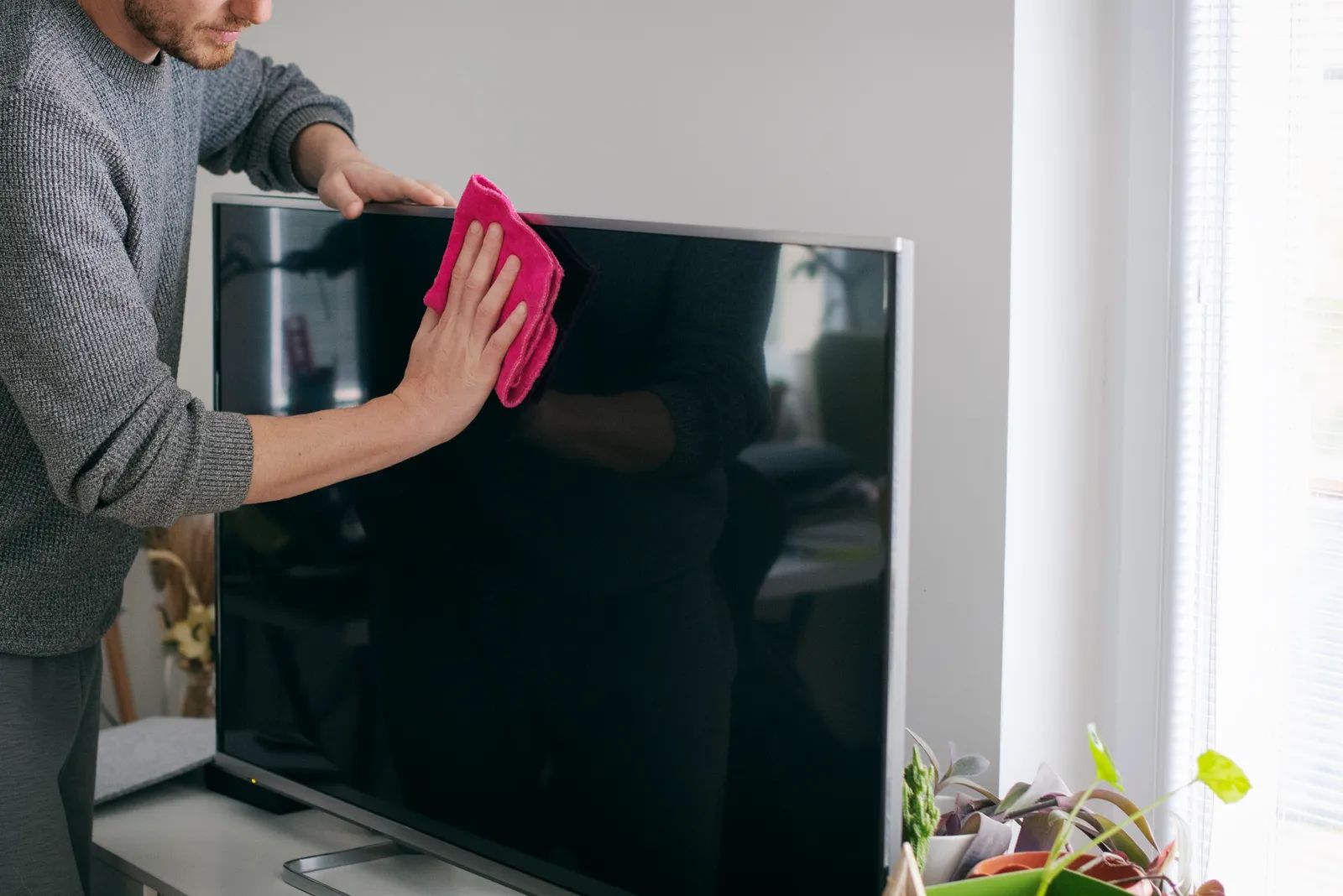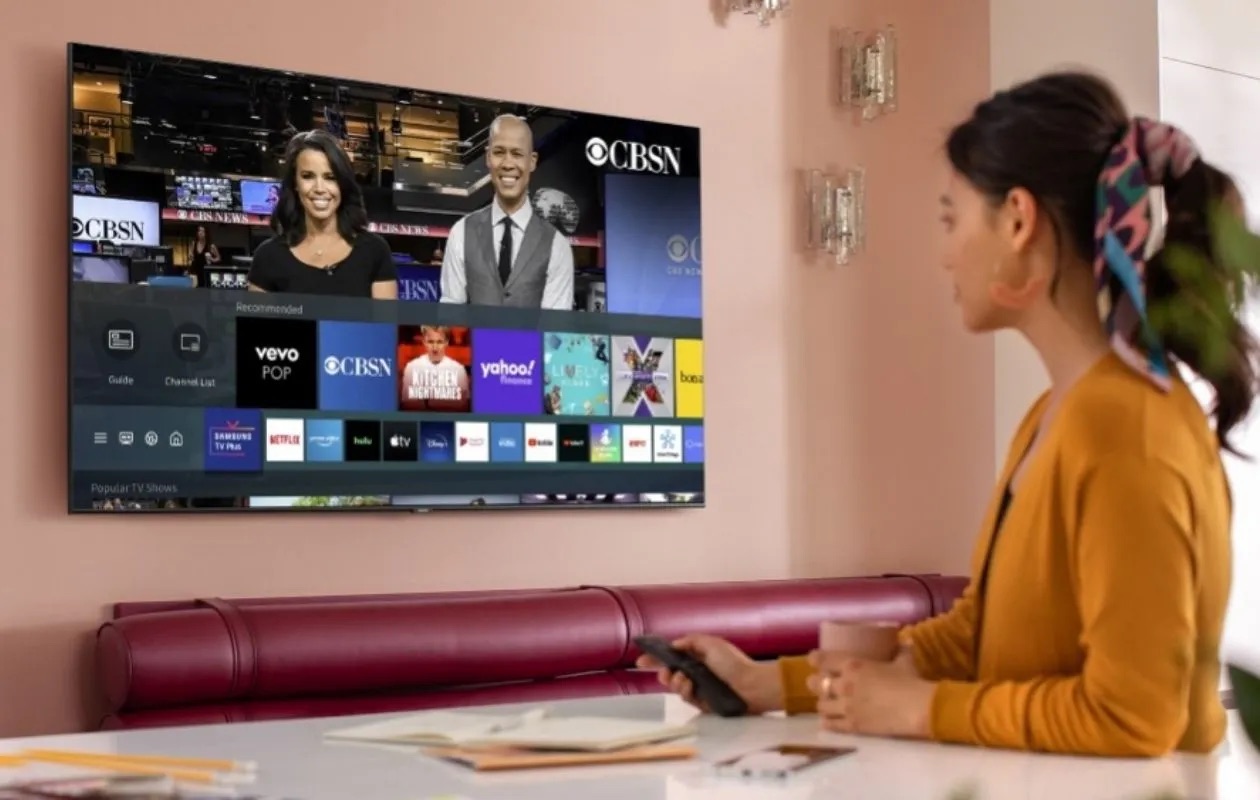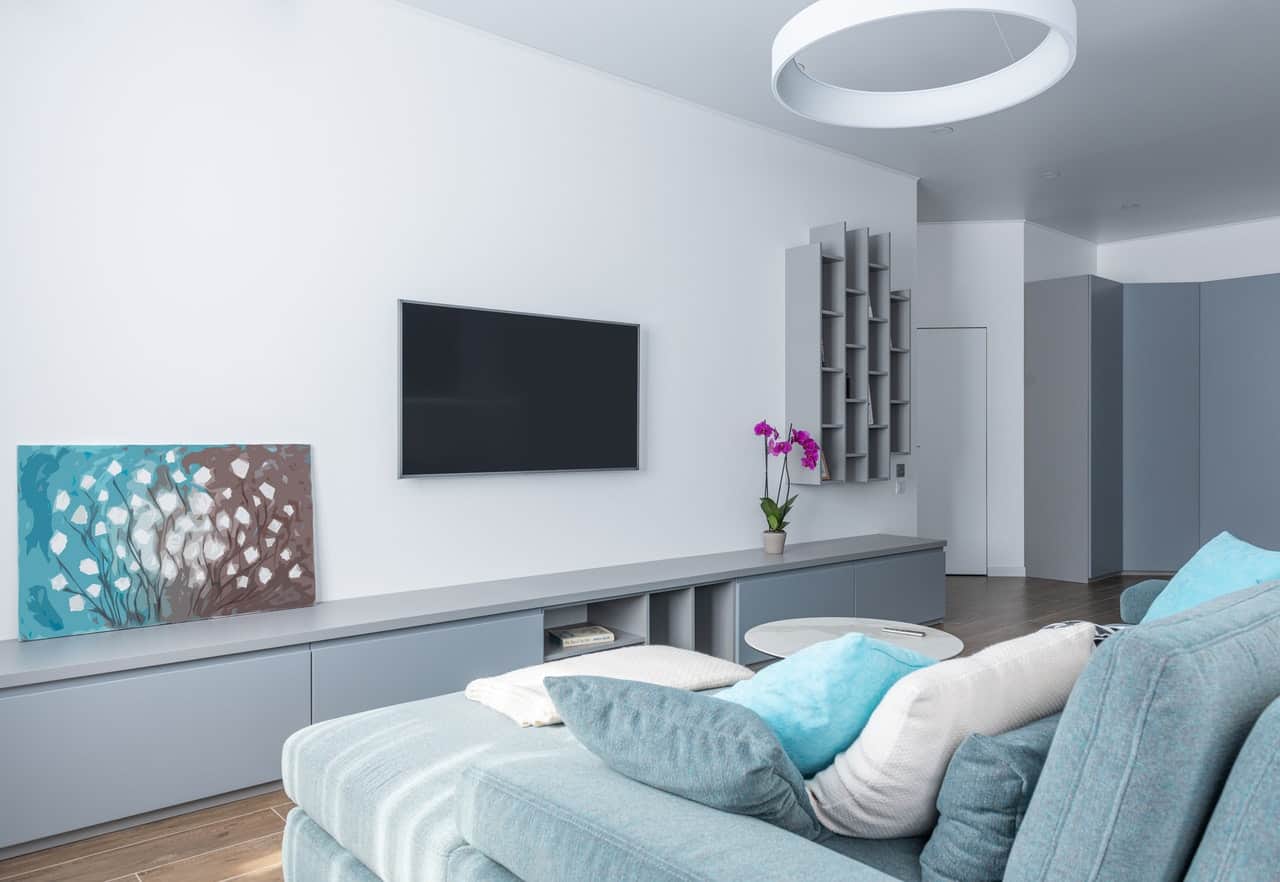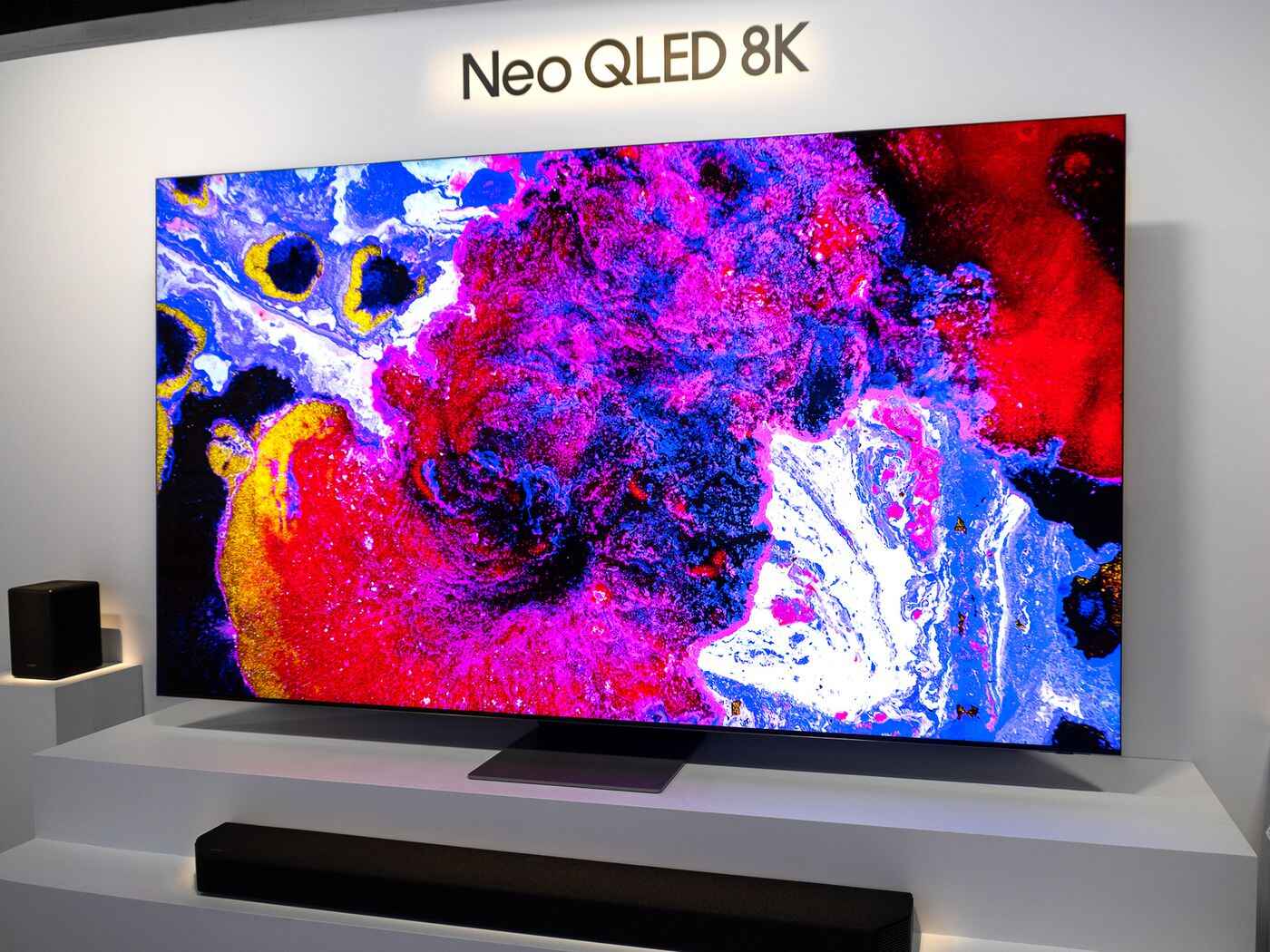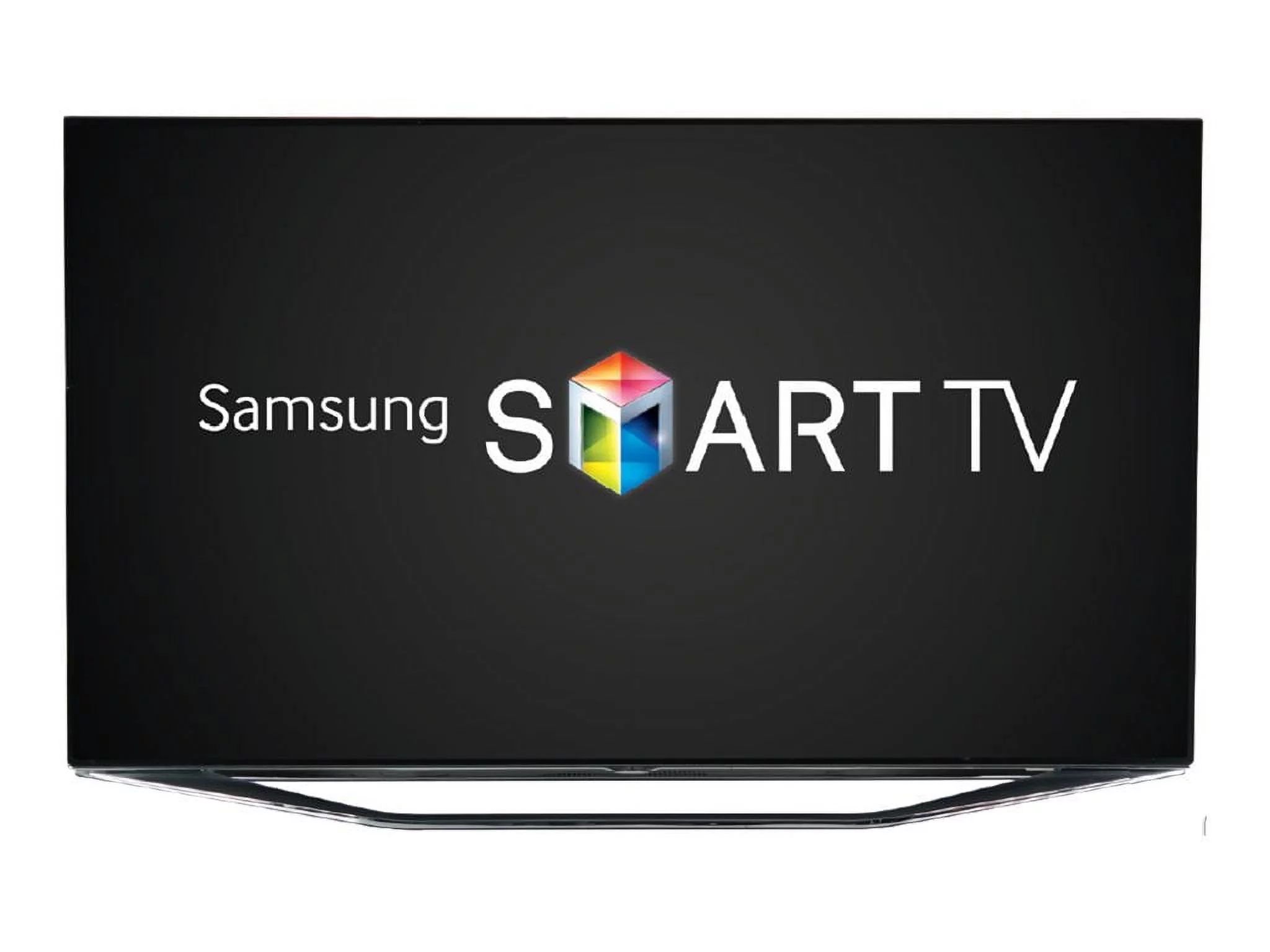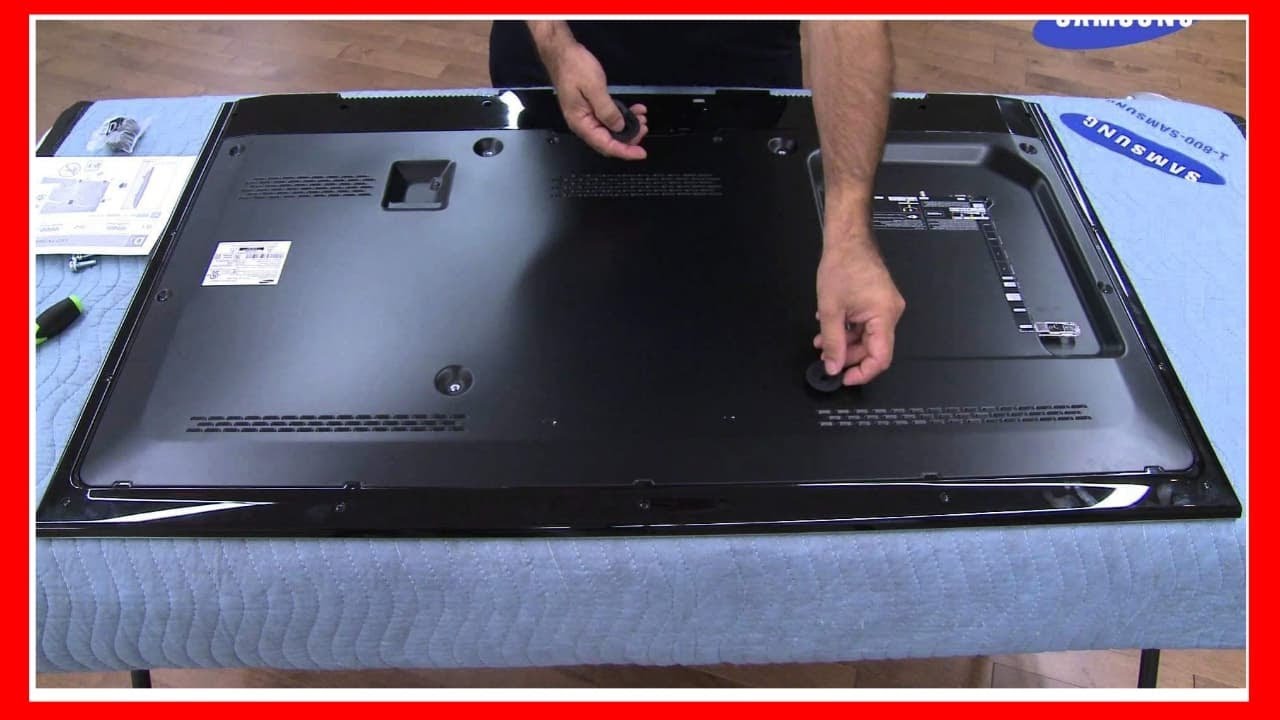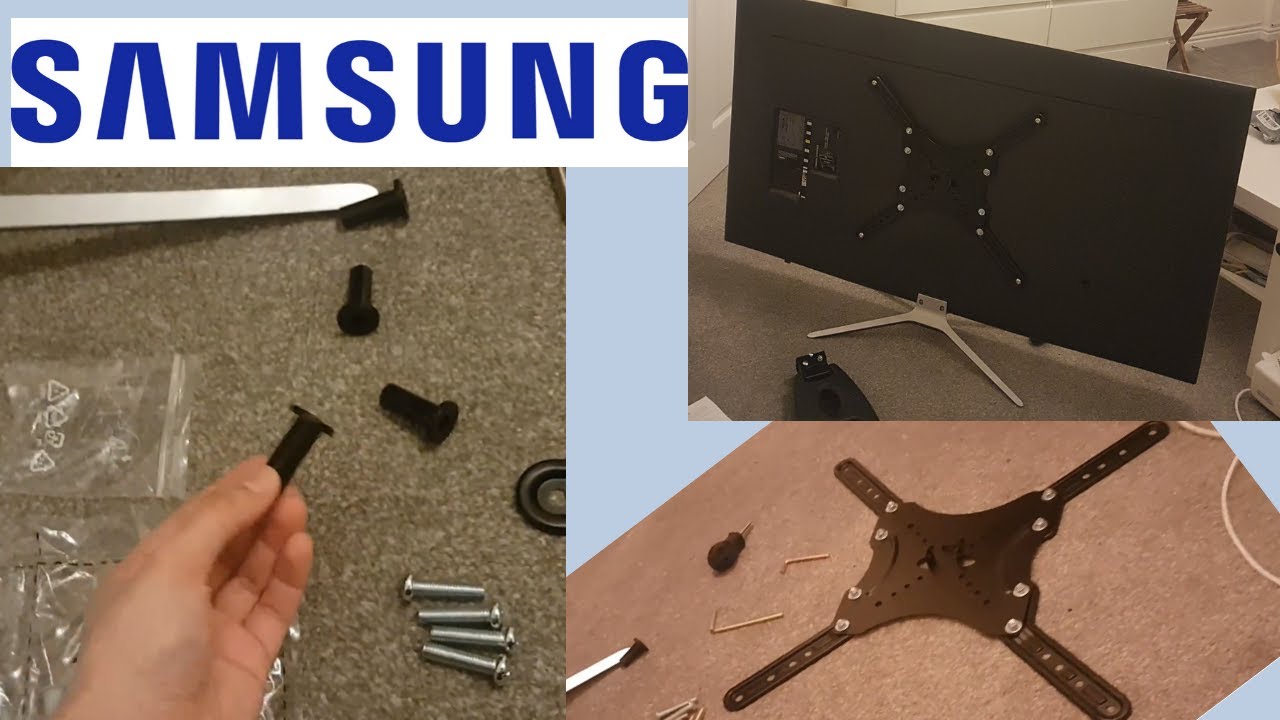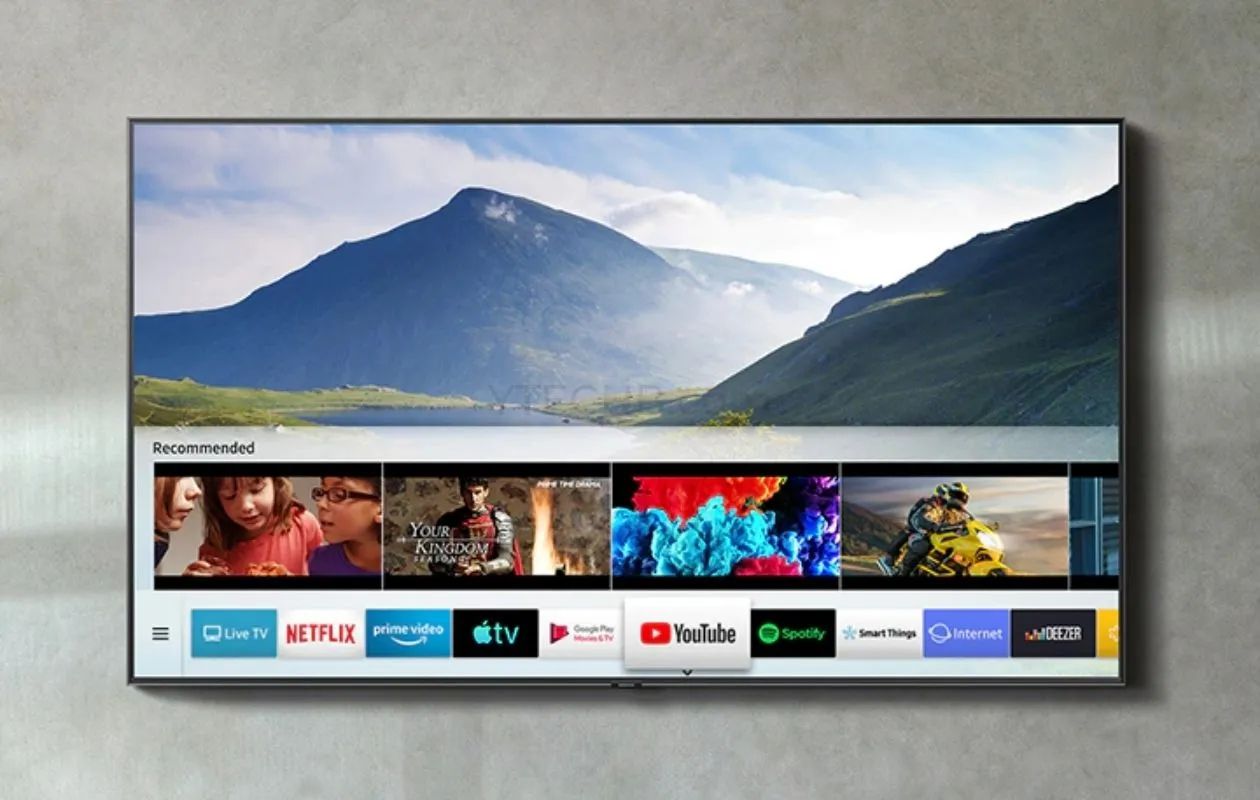Introduction
Samsung LED TVs are a popular choice for their high-quality display and sleek design. However, like any electronic device, they can accumulate dust, smudges, and fingerprints over time, affecting the overall viewing experience. Regular cleaning not only helps maintain the visual clarity and performance of your Samsung LED TV, but it also prolongs its lifespan.
In this article, we will guide you through the process of cleaning your Samsung LED TV, both on the exterior and the screen. We will also provide tips for cleaning the ports and connections, as well as the remote control. By following these simple steps and maintaining a consistent cleaning routine, you can ensure your Samsung LED TV continues to provide you with optimal viewing pleasure for years to come.
Before we dive into the details, it is important to note that while cleaning your Samsung LED TV, you should always handle the device with care and avoid using any abrasive or harsh cleaning agents. These can cause damage to the screen or other components. Instead, opt for gentle cleaning methods using soft, lint-free cloths and mild cleaning solutions.
Now, let’s move on to the first step of cleaning your Samsung LED TV, starting with the exterior surface.
Cleaning the exterior of the Samsung LED TV
The exterior of your Samsung LED TV is prone to collecting dust, fingerprints, and smudges, especially if it is placed in a high-traffic area. Cleaning the exterior not only keeps your TV looking shiny and new but also prevents dust buildup from entering the ports and affecting the overall performance of the device.
Here are some steps to effectively clean the exterior of your Samsung LED TV:
- Turn off the TV: Before you start cleaning, make sure to turn off your Samsung LED TV and unplug it from the power source. This ensures your safety while handling the device and prevents any potential damage.
- Dust the surface: Use a soft, lint-free cloth or a microfiber cloth to gently remove any dust or loose particles from the exterior of the TV. Avoid using paper towels or rough materials that can scratch the surface. Start from the top and work your way down, using light strokes in a single direction.
- Clean the bezel: The bezel of your Samsung LED TV is the frame around the screen. It is commonly made of plastic or metal and can accumulate fingerprints and smudges. Dampen a cloth with water or a mild cleaning solution and gently wipe the bezel, taking care not to apply too much pressure or allow any liquid to seep into the screen.
- Clean the stand or wall mount: If your Samsung LED TV is placed on a stand or wall-mounted, make sure to clean these areas as well. Dust and dirt can accumulate on the stand or wall mount over time. Use the same gentle cleaning method as mentioned before to wipe away any residue or marks.
- Inspect for stubborn stains: If there are any stubborn stains or marks on the exterior surface that cannot be removed with a damp cloth, you can try using a specialized electronics cleaning solution or a mild mixture of water and dish soap. Apply a small amount to a cloth and gently rub the stained area in a circular motion. Be careful not to saturate the cloth or allow any liquid to drip into the TV.
By following these steps, you can keep the exterior of your Samsung LED TV clean and free from dust and smudges. This not only enhances the aesthetic appeal of your TV but also ensures optimal performance and longevity.
Cleaning the screen of the Samsung LED TV
The screen of your Samsung LED TV is the most important component as it displays the stunning visuals you enjoy while watching your favorite shows and movies. However, it can easily accumulate dust, fingerprints, and smudges, which can affect the picture quality. Cleaning the screen regularly is crucial to maintain optimal viewing experience.
Here are some steps to effectively clean the screen of your Samsung LED TV:
- Turn off the TV: Before you begin cleaning, ensure that your Samsung LED TV is turned off and unplugged from the power source to avoid any potential damage and for your safety.
- Use a microfiber cloth: Microfiber cloths are ideal for cleaning the delicate screen of your Samsung LED TV. They are soft and lint-free, minimizing the risk of scratching the screen. Gently wipe the screen in a circular motion to remove any dust or loose particles.
- Avoid liquid directly on the screen: It is crucial not to spray any liquid directly onto the screen. Instead, dampen the microfiber cloth with water or a specialized screen-cleaning solution. If using water, make sure it is distilled or purified to prevent any mineral deposits or streaks on the screen.
- Gently wipe the screen: Starting from the top of the screen, move in a gentle sweeping motion from one side to the other, making sure to cover the entire screen. Avoid applying too much pressure, as this can damage the screen or cause discoloration.
- Remove stubborn stains: If there are any stubborn stains or fingerprints that are not easily removed with water or a screen-cleaning solution, you can try using a 50-50 mixture of water and isopropyl alcohol on the microfiber cloth. Dab the cloth with the mixture and gently wipe the affected area, being careful not to rub too harshly.
- Dry the screen: After wiping the screen, use a dry microfiber cloth to remove any moisture or residue. Make sure the screen is completely dry before turning on your Samsung LED TV again.
Regularly cleaning the screen of your Samsung LED TV will help maintain its visual clarity and ensure an immersive viewing experience. Remember to handle the screen with care and avoid using any abrasive materials or harsh chemicals, as these can damage the screen’s protective coating.
Cleaning the ports and connections of the Samsung LED TV
The ports and connections of your Samsung LED TV play a crucial role in providing various input and output options, such as HDMI, USB, and audio. Over time, these ports can collect dust and debris, affecting the connectivity and performance of your TV. Cleaning the ports and connections regularly is essential to maintain smooth operations and ensure seamless connections with your external devices.
Follow these steps to effectively clean the ports and connections of your Samsung LED TV:
- Turn off the TV and unplug all devices: Before you begin cleaning, turn off your Samsung LED TV and unplug all connected devices, such as game consoles, DVD players, or set-top boxes. This prevents any potential damage and ensures your safety.
- Inspect the ports and connections: Using a flashlight, carefully inspect the ports and connections of your Samsung LED TV. Look for any visible dust, debris, or corrosion. If you notice any debris, you can gently blow into the port or use a small, soft brush to remove the particles.
- Use compressed air: If there is stubborn dust or debris that cannot be removed with a brush, you can use compressed air to gently blow away the particles. Make sure to hold the can of compressed air upright and use short bursts to avoid causing any damage to the ports.
- Check the cables: Inspect the cables for any visible dust, dirt, or damage. If necessary, wipe the cables using a soft, lint-free cloth dampened with water or a mild cleaning solution. Avoid using excessive liquid, and always ensure the cables are completely dry before reconnecting them.
- Clean the connectors: If the connectors show signs of corrosion or dirt, you can use a cotton swab dipped in isopropyl alcohol to gently clean them. Be cautious not to use too much pressure and ensure the connectors are completely dry before reconnecting any cables.
- Reconnect the devices: Once you have cleaned the ports and connections, carefully reconnect the devices to their respective ports. Ensure a secure and proper connection to maintain optimal performance.
Regularly cleaning the ports and connections of your Samsung LED TV will help ensure smooth functioning and maintain the quality of your audio and video connections. By following these simple steps, you can enjoy uninterrupted entertainment and smoothly connect your external devices to your Samsung LED TV.
Cleaning the remote control of the Samsung LED TV
The remote control of your Samsung LED TV is an essential tool for navigating through menus, adjusting settings, and controlling the TV from a distance. However, it can accumulate dirt, dust, and germs over time, especially with regular use. Cleaning the remote control regularly not only maintains its functionality but also prevents the spread of germs and ensures a hygienic user experience.
Follow these steps to effectively clean the remote control of your Samsung LED TV:
- Turn off the TV: Before you begin cleaning, make sure your Samsung LED TV is turned off to prevent any accidental button presses and to ensure your safety.
- Remove the batteries: Open the battery compartment on the back of the remote control and remove the batteries. This prevents any electrical discharge and allows for a thorough cleaning.
- Wipe the exterior: Use a soft, lint-free cloth dampened with water or a mild cleaning solution to wipe the exterior of the remote control. Pay attention to the buttons, edges, and crevices to remove any visible dirt or grime. Avoid using excessive liquid to prevent damage to the internal components.
- Clean the buttons: The buttons on the remote control are prone to accumulating dirt and oils from fingertips. Use a cotton swab dipped in isopropyl alcohol to gently clean the buttons. Make sure the swab is not too wet to prevent any liquid from seeping into the remote control.
- Dry the remote control: After cleaning, use a dry, lint-free cloth to remove any excess moisture from the surface of the remote control. Ensure that the remote control is completely dry before reinserting the batteries.
- Sanitize the remote control: To further ensure cleanliness, you can use a disinfecting wipe or a cloth dampened with rubbing alcohol to sanitize the remote control. Gently wipe the entire surface, paying attention to the buttons and crevices. Allow the remote control to air dry before reinserting the batteries.
Regularly cleaning and sanitizing the remote control of your Samsung LED TV not only helps maintain its functionality but also contributes to a hygienic and enjoyable user experience. By following these simple steps, you can keep your remote control clean and free from dirt, germs, and grime.
Tips for maintaining a clean Samsung LED TV
Maintaining a clean Samsung LED TV not only enhances its visual appeal but also ensures optimal performance and longevity. Here are some tips to help you maintain a clean and well-functioning TV:
- Regular dusting: Dust your Samsung LED TV regularly using a soft, lint-free cloth or a microfiber cloth. Dust can accumulate on the surface and the screen, affecting the picture quality.
- Avoid harsh cleaning agents: When cleaning the TV, avoid using harsh cleaning agents or abrasive materials. These can damage the screen and the exterior surfaces. Instead, use mild cleaning solutions or simply dampen a cloth with water.
- Avoid spraying liquid directly on the screen: When cleaning the screen, avoid spraying any liquid directly onto it. Instead, dampen a microfiber cloth with water or a specialized screen-cleaning solution and gently wipe the screen.
- Keep the TV away from moisture: It’s important to keep your Samsung LED TV away from areas with high humidity or moisture, such as bathrooms or kitchens. Moisture can damage the internal components and cause malfunctioning.
- Protect the screen: To prevent scratches, consider placing a screen protector on your Samsung LED TV. This will help protect the screen from accidental bumps or scratches.
- Avoid direct sunlight: Direct sunlight can cause damage to the screen over time. Position your TV away from direct sunlight or use curtains or blinds to prevent excessive exposure.
- Proper ventilation: Ensure that your TV has proper ventilation to prevent overheating. Avoid placing it in enclosed spaces or covering it with materials that can block airflow.
- Disconnect during cleaning: When cleaning your TV, always make sure to turn it off and unplug it from the power source. This ensures your safety and prevents any electrical mishaps.
- Regularly clean the remote control: Clean the remote control regularly using a soft cloth dampened with water or a mild cleaning solution. This helps prevent the spread of germs and maintains functionality.
- Follow manufacturer’s guidelines: Always refer to the manufacturer’s guidelines for specific cleaning instructions and recommendations. Different models may have different requirements, and following these guidelines ensures you don’t unintentionally damage your TV.
By following these tips, you can maintain a clean and well-functioning Samsung LED TV. Regular cleaning and proper maintenance not only enhance the longevity of your TV but also contribute to an enjoyable viewing experience.
Conclusion
Cleaning your Samsung LED TV is essential for maintaining its visual clarity, performance, and longevity. By following the steps outlined in this article, you can effectively clean the exterior, screen, ports, and remote control of your TV.
Regular dusting and gentle cleaning methods using soft, lint-free cloths will help keep the exterior of your TV free from dust, fingerprints, and smudges. When cleaning the screen, it is important to use microfiber cloths and avoid using liquid directly on the screen to prevent damage. Cleaning the ports and connections ensures smooth functionality and seamless connections with external devices, while cleaning the remote control enhances its performance and maintains a hygienic user experience.
In addition to these cleaning steps, following some tips for maintaining a clean Samsung LED TV will further contribute to its longevity. Regular dusting, avoiding harsh cleaning agents, protecting the screen, and maintaining proper ventilation are some key practices to keep in mind. It is also important to refer to the manufacturer’s guidelines for specific cleaning instructions.
By incorporating these cleaning practices and maintaining a regular cleaning routine, you can enjoy a clean and well-functioning Samsung LED TV that provides an optimal viewing experience for years to come.







